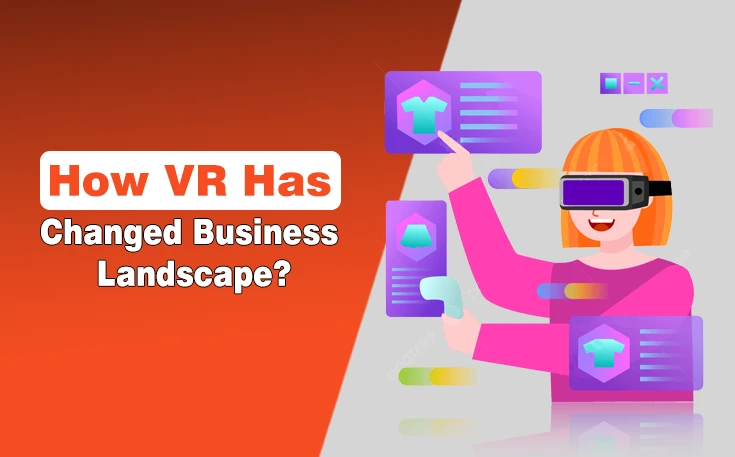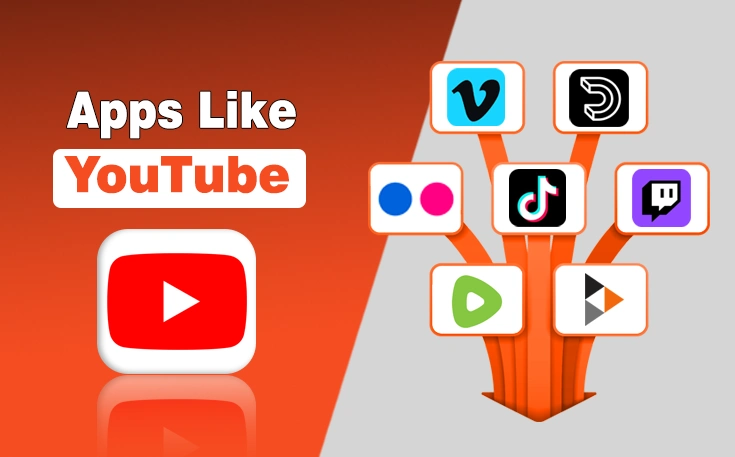Virtual reality, many people associate it with gaming, with those big chunky headsets that look too sci-fi to exist in the world as we know it. Not that many people realize that actually, VR is now a quite established technology. It is changing businesses globally and helping many boost their sales and enhance their engagement levels.
Those failing to pay attention to VR risk being left out of some exciting, unexpected developments.
That’s why, we will unlock all that you might wish to know about this now to understand how VR has changed the business landscape.
E-commerce Evolutions
E-commerce is one of the biggest businesses to see a shakeup as a result of VR stepping into its world. After all, the biggest drawback of buying online, despite its many advantages, has always been the lack of reality of the products.
Companies have tried a dozen ways to combat that, with models, 3D viewing options, videos, and more. However, none have really overcome the issue. Consumers still feel removed. No matter how good descriptions are, or how detailed pictures might be, there’s still a gap between product and person. That gap hampers sales and makes life difficult.
Role of VR in E-Commerce
VR is the answer or at least a good answer. It suddenly makes the products much more real. Customers can walk around them, view them from different angles, and answer any internal questions they may have about this feature or that aesthetic.
- If things continue to progress in terms of haptic feedback and technology, it will advance to the stage where consumers can “hold” virtual products they’re thinking of buying. Thus, it will turn them this way and that, and maybe even test out their features in a digital space.
- It is easy to imagine just what kind of impact it could have on sales. VR could create worlds where customers can try on clothes, explore gadgets, and test out home furnishings, all via the Internet. It’s an exciting thought!
Training Touchpoints
What about being able to train virtually? The pandemic turned this into a reality for a lot of companies. However, for many industries, like e-commerce, the digital space lacks a lot when it comes to training.
Trainees can see their trainer on a screen, but not interact with training objects or each other for the most part. Instead, consider a world where trainees could drive forklifts, practice CPR, program machinery, and more.
All these are perfectly possible as VR continues to advance!
Benefits of Virtual Reality
Indeed, virtual reality training programs are already in place in the world, and as we move increasingly toward a digital, work-from-home approach in many professions, it’s evident that they’re only going to become more commonplace.
There are several advantages associated with them and no wonder when you consider the possibilities!
I have mentioned some of them to let you know about the ways VR has changed the business world.
- Enhanced Engagement: It’s certainly more engaging than learning by listening to a lecture or reading a dry training manual. Moreover, you can get rid of watching yet another dull training video with a robotic voice and low-quality graphics.
- Expanded Scope: There’s so much scope here, many companies are enormously excited about what they can already do, and what they’ll be able to do in the not-so-distant future!
- Improved Learning Experience: For both adults and young learners alike, VR offers the most engaging learning experience imaginable, and that makes learning more efficient, as well as enjoyable!
Key Applications of Virtual Reality in Business
The following are the key applications of Virtual Reality in different business landscapes. Let’s see how this advanced technology is exerting its positive influence.
Gaming Galore
This is one that game developers everywhere need to have at the forefront of their strategies. In many ways, it feels like VR has been under-utilized and underappreciated by the developers, but the market is eagerly awaiting releases that will change this.
Although the selection has been limited thus far, VR has long been associated with the gaming space, and that’s pretty likely to continue. Its applications here are self-evident! Gamers across the globe have begun interacting with games in brand-new ways.
Rather than viewing the world on a flat screen, VR creates an immersive world to plunge into. Many games to play on TV are adaptable to this space and VR might one day become a standard kit for the home gaming experience.
For gaming companies, making use of VR tech can provide a real edge in today’s market; although VR has been around for some time now, it still marks new, exciting technology that hasn’t really had its potential realized thus far. In the near future, it might upend the gaming landscape entirely.
Design Dynamics
For designers across a mass of industries, VR has changed the business landscape as it offers brand-new potential too. Architects, builders, and interior designers, regardless of where a person sits in the process of taking ideas from inception to completion, there’s enormous excitement about what they can achieve with VR.
Suddenly, there are digital options for exploring 3D spaces in real time, mapping out ideas, testing concepts, and more. Indeed, the scope of this could be phenomenal. For those responsible for birthing new ideas into the world, it’s potentially huge!
It could also reduce project costs because there’s less risk of trying something that doesn’t work, or designs that require alterations at the last minute.
In Healthcare
Perhaps a more “out there” use, VR is also finding a place in the world of patient care, and is improving the quality of life for many patients. It can give those who are suffering a good distraction from their pain and may provide more immersive entertainment for those on bed rest.
It could also help combat anxiety by providing a calming environment for the patient to spend time in. Admittedly, this is very much in its early stages and not many healthcare facilities are using it. Nevertheless, the potential is huge.
It could transform the experience for many patients with many different conditions! On top of that, VR could be used as a training tool. It has the potential to let doctors and nurses experience the conditions like seizures first-hand, in ways they never could have before.
This could help raise awareness in the medical field and give doctors better insight into how to empathize with patients who are suffering.
Final Thoughts
These are the details about how has VR changed the business landscape. It is promising to see that the business world is revolutionizing as companies are finding new ways to attract a larger audience base. No matter which industry you are working in, virtual reality has surely something to offer.
Those are far from all the potential applications that VR might have – indeed, this tech is almost limitless in the areas it could impact as it is honed and finessed. Many, many industries are likely to turn to it in the not-too-distant future, and we can’t wait to see how it unfolds!





